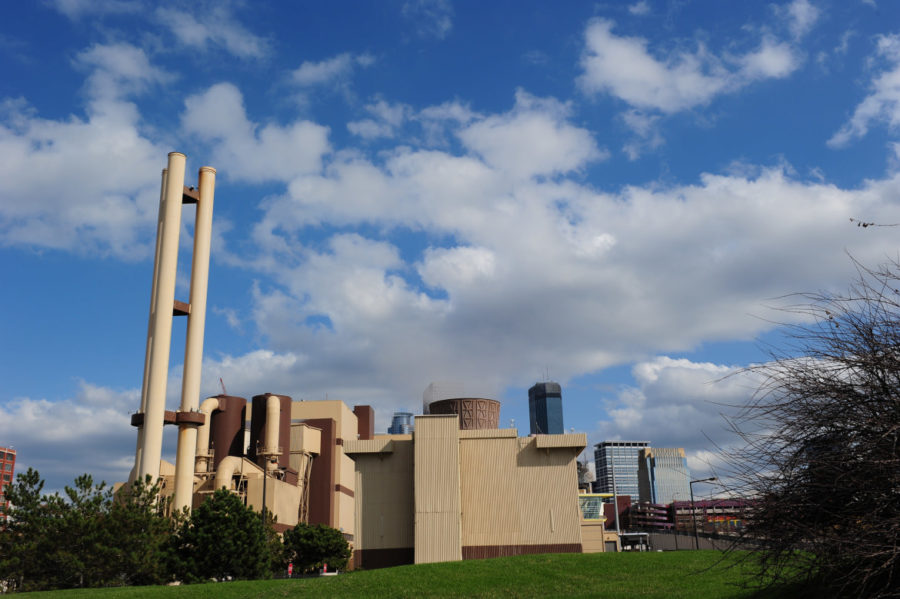Opinion: The HERC incinerator should go
The Hennepin Energy Recovery Center (HERC) is a garbage incinerator located in Minneapolis. Its main purpose is to burn trash and generate electricity in the process. The HERC was created to burn the thousands of tons of trash that would otherwise lie in landfills across Minnesota. It is responsible for burning 75 percent of Minneapolis’ more than 200,000 tons of trash generated each year.
Although the HERC is effective in burning trash and therefore reducing how much garbage heads to the landfill, communities like Minneapolis would not have to burn trash in the first place if counties and cities would build more recycling and composting facilities.
The continued existence of the incinerator is not just an environmental question about landfills and garbage. For North Minneapolis residents, the incinerator presents a social justice issue. Since shortly after its construction, many residents claim the emissions generated by the plant have caused asthma and polluted their neighborhood with toxic metals and unhealthy amounts of lead.
In a 2016 survey, Neighborhoods Organizing for Change (NOC) surveyed people in the North Minneapolis neighborhoods and found that 99 percent of the people surveyed had or knew someone close to them who had asthma. The evidence is not just anecdotal. Statistics demonstrate that asthma cases as well as lead and arsenic contamination have risen since the center’s construction.
A 2011 study from the EPA showed that HERC ranked number one in arsenic emissions in the nation. It also ranked second in chromium emissions, third in nickel emissions and fifth in particulate matter.
“Burning garbage is the most expensive and environmentally harmful way to get rid of garbage,” according to a Neil Seldman, a staff member of the Institute for Local Self-Reliance.
The Environmental Justice Network’s work seem to confirm his claims, revealing that garbage incineration produces double the carbon pollution as coal power.
Many schools, including elementary schools, and poorer, predominantly African American neighborhoods are directly influenced by the incinerator. These communities experience greater levels of economic difficulty compared to Minneapolis’ white population. According to the US Census Bureau, “From 2013 to 2014, the median income for black households in [Minnesota] fell 14 percent. In constant dollars, that was a decline from about $31,500 to $27,000 — or $4,500 in a single year.” These disparities are also noticeable in many other areas, including Minnesota’s school systems. Things have not improved since the Census Bureau’s report. It seems even more tragic that the negative influences of the incinerator directly influence communities that already face considerable challenges.
In my opinion, the residents in North Minneapolis are right to argue that the incinerator be shut down or replaced with a cleaner source of electricity and a fully developed recycling and composting program to handle the city’s garbage.
Initiatives like these could also improve the economy by creating construction jobs to build a new clean energy facility and administer recycling programs. Residents in North Minneapolis should not have to choose between less garbage, clean energy, and green jobs because they and all of Minneapolis can have all three.


